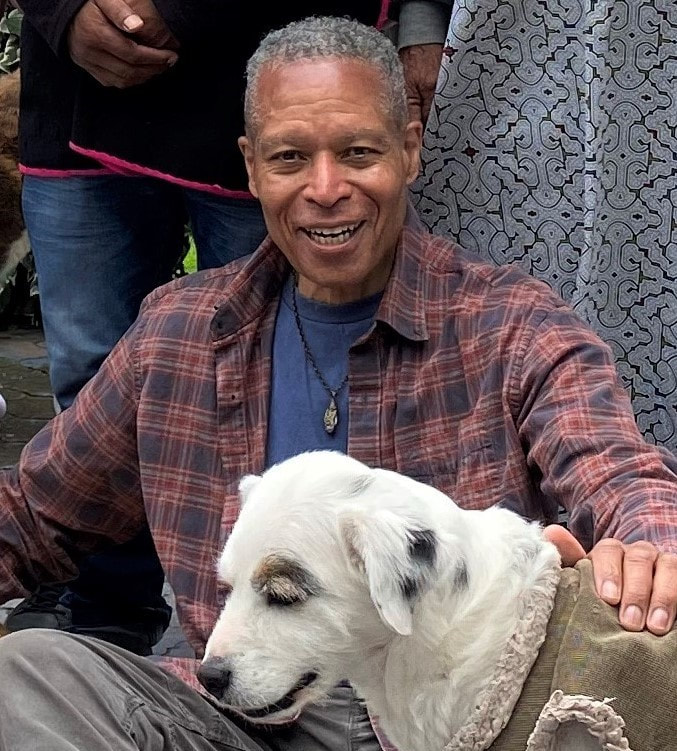Clinical experience in pediatrics, geriatrics, out patient orthopedics, neurological dysfunction, sports medicine, chronic pain.
My skills include joint mobilization, neural tissue techniques, muscles energy techniques, strain and counter strain, advance strain and counter strain, cranial sacral techniques, myofascial release, neural fascia processing ( NFP ), structural integration, functional exercise.
CONDITIONS COMMONLY TREATED
Neck, Back, and Shoulder Pain, Extremity Pain, Pelvic and Hip Pain, Women and Men's Health Issues, Headaches, Fibromyalgia, Lyme, Visceral Dysfunction, Plantar Fasciitis, TMJ Dysfunction, Sports Injuries, Central Nervous System Disorders, TBI's.
HOW TREATMENT WORKS with INTEGRATIVE MANUAL THERAPY ( IMT )
IMT is a collection of techniques, developed by Sharon Giammatteo PhD, PT, to assess all systems of the body; vascular/circulatory, visceral/digestive, lymphatic, neurologic, muscular skeletal, respiratory, energy, and more. IMT's biomechanical approach is a hands on therapy, using a gentle pressure with specific techniques to identify the system(s) in dysfunction and restoring a state of equilibrium . Once the body's systems are in balance, the tissues and joint surfaces are able to reorganize. The reorganization allows for more space, better movement, and promotes changes in the body. When tension on blood vessels, nerves, and other tissues is released, there is improvement in the flow of fluid and nervous system information which facilitates healing and recovery. One can expect to see improvements in alignment, lymphatic drainage, decreased pain and improved function.
WHAT to EXPECT
During the first visit, the therapist will assess posture, strength, range of motion, and functional mobility. Mapping of the body, which is a diagnostic tool frequently utilized in Integrative Manual Therapy (IMT) will be performed. Mapping consist of the therapist placing his fingers over the individuals body to identify areas of dysfunction. Treatment consist of correcting structural dysfunction as well as using gently non invasive light touch to the areas of dysfunction. All treatment plans are patient specific. The aim is not to treat symptoms but to identify and treat the underlying causes.
IMT is a collection of techniques, developed by Sharon Giammatteo PhD, PT, to assess all systems of the body; vascular/circulatory, visceral/digestive, lymphatic, neurologic, muscular skeletal, respiratory, energy, and more. IMT's biomechanical approach is a hands on therapy, using a gentle pressure with specific techniques to identify the system(s) in dysfunction and restoring a state of equilibrium . Once the body's systems are in balance, the tissues and joint surfaces are able to reorganize. The reorganization allows for more space, better movement, and promotes changes in the body. When tension on blood vessels, nerves, and other tissues is released, there is improvement in the flow of fluid and nervous system information which facilitates healing and recovery. One can expect to see improvements in alignment, lymphatic drainage, decreased pain and improved function.
WHAT to EXPECT
During the first visit, the therapist will assess posture, strength, range of motion, and functional mobility. Mapping of the body, which is a diagnostic tool frequently utilized in Integrative Manual Therapy (IMT) will be performed. Mapping consist of the therapist placing his fingers over the individuals body to identify areas of dysfunction. Treatment consist of correcting structural dysfunction as well as using gently non invasive light touch to the areas of dysfunction. All treatment plans are patient specific. The aim is not to treat symptoms but to identify and treat the underlying causes.
